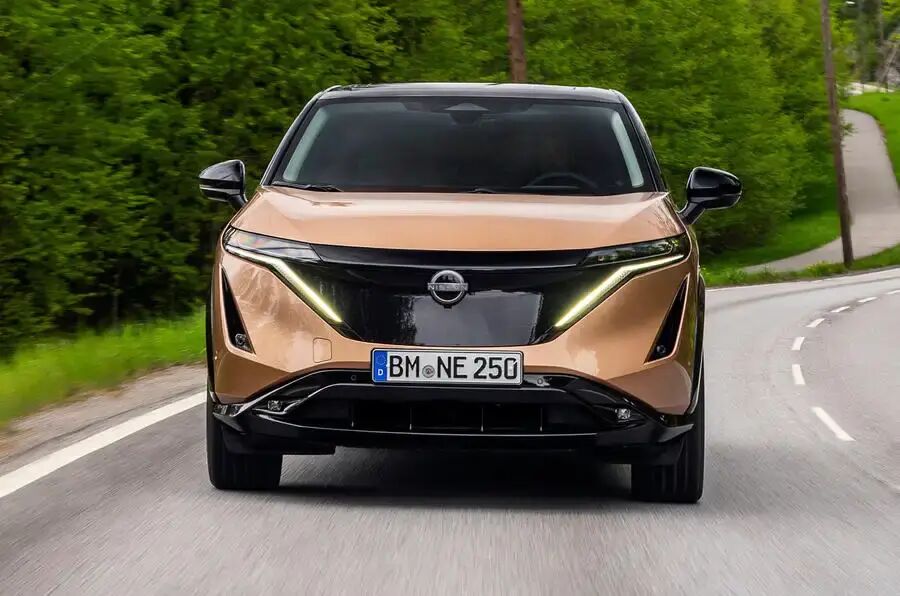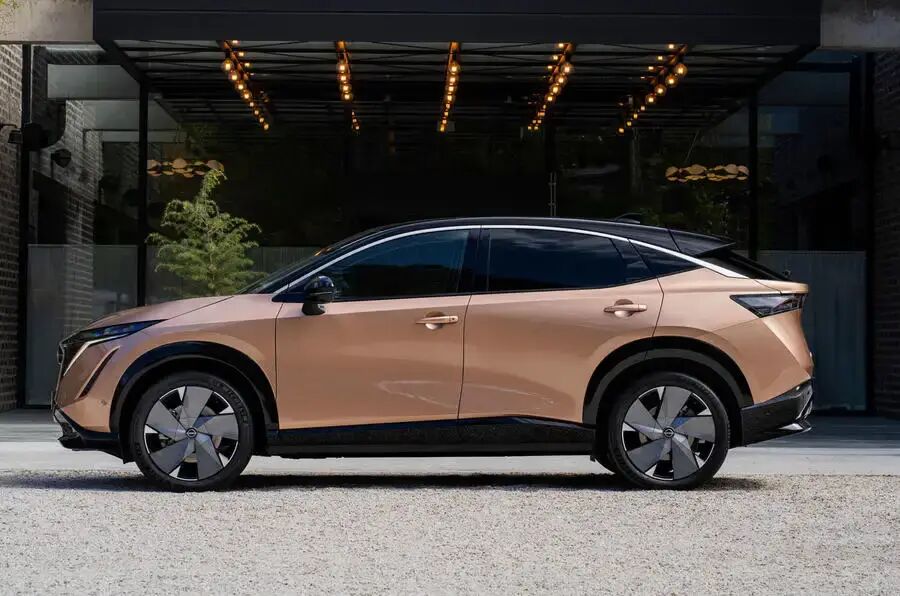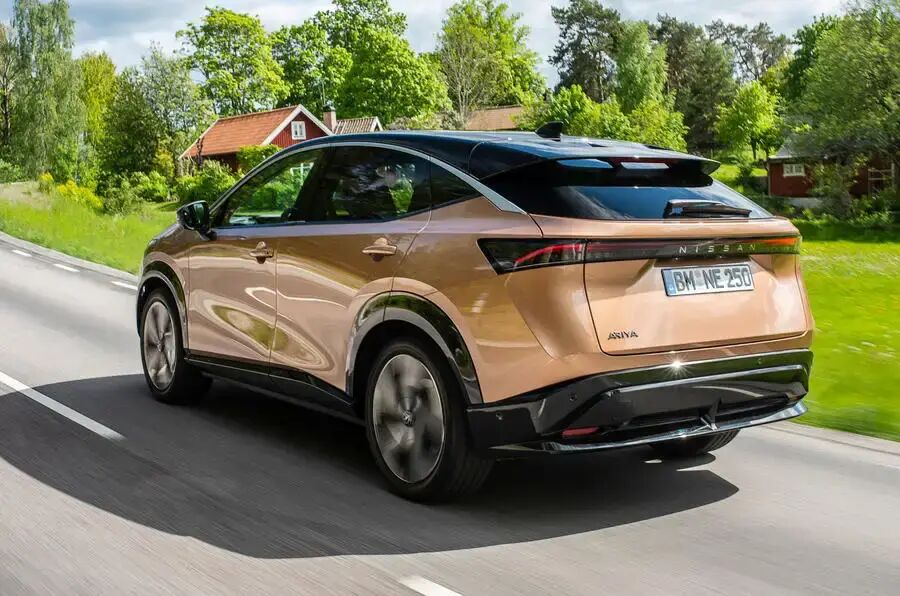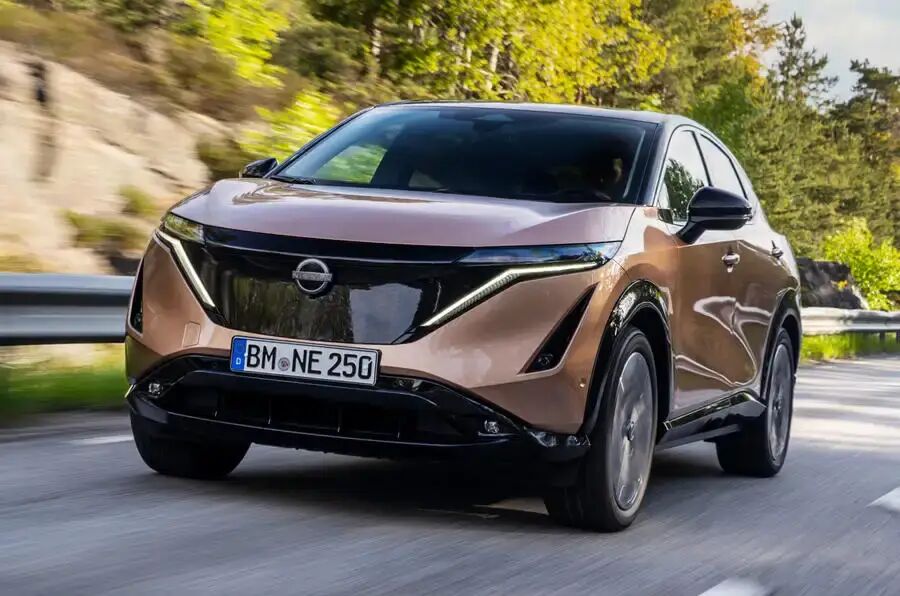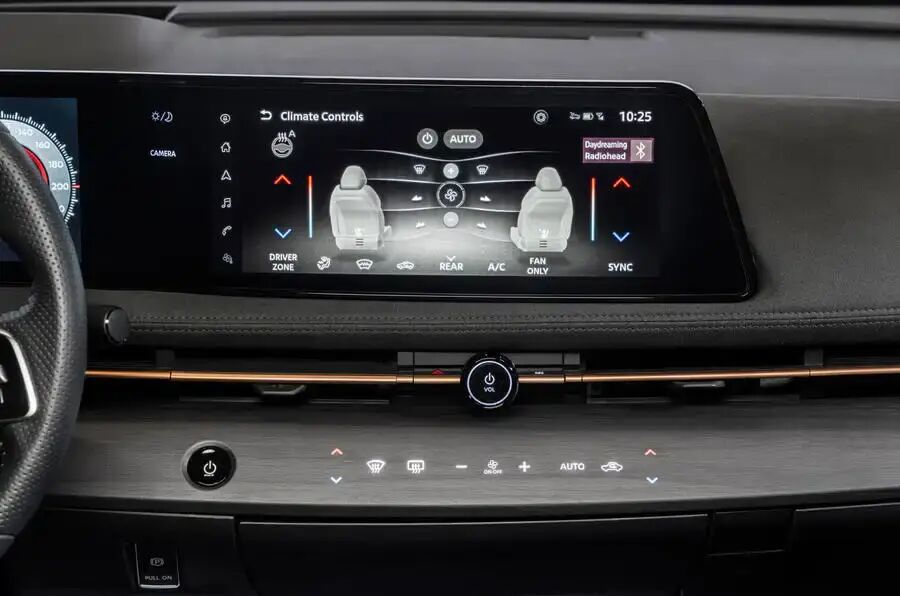Nissan’s flagship Ariya e-4orce packs an extra motor for all-wheel drive and a bigger battery.
On our first acquaintance back in July, it felt like the sweet spot of the Nissan Ariya range had quickly been stumbled upon. The entry-level front-wheel-drive version of this new electric crossover felt nicely specced with 160kW and a 402km range, bolstered by plenty of kerb appeal and decent dynamics.
The modularity of electric car architectures has allowed Nissan to quickly add new models to the line-up, including this range-topper. However interesting the model is though, Nissan Australia remains noncommital on timing for a local launch – it’s a game of waiting, for now. But how does this higher-performance version compare? We’ve driven the first production examples in Denmark ahead of its global rollout.
The 63kWh battery of the entry-level car is swapped for an 87kWh version here and a second electric motor is added, at the rear, to give the car four-wheel drive (called e-4orce, a spellchecker’s worst nightmare) and 225kW. You can also have the bigger battery without the e-4orce system, giving a range of 533km, whereas the e-4orce car here gets 501km. On our test route in cooler conditions, we saw an indicated 370km.
We were able to drive front- and all-wheel-drive cars back to back and there wasn’t a night and day difference between them. The extra power and torque (which is doubled to 600Nm) offered by the rear motor is noticeable, but still restrained in its delivery.
Traction is improved, but again it’s subtle, even on the sodden roads of our Danish test route. Marginal gains, then, to the drivetrain, and the excellent refinement of the standard car is retained after the addition of extra power and battery capacity. One-pedal driving is nicely judged with the e-Pedal activated.
That extra capacity has also resulted in extra weight and this has an impact on the handling. It’s stable and secure but quite dull and uninvolving, let down further by quite springy steering. Hit the Sport button to sharpen the responses, and you’ll instantly be reaching to turn it off again as it makes the car emit a grating high-pitched whirr. The ride is not the most comfortable either.
While the interior looks great, ergonomically it is a little off, with the buttons on the dashboard a bit awkward to reach out to, and the ones on the centre tunnel requiring an equally awkward bend of your arm to reach back and down to. Still, it feels a huge leap forward in perceived quality and pleasing design over the Nissan Leaf inside, which goes with the smart exterior looks and nice proportions. This is an electric car with real presence and a confident style.
Looking at pricing overseas, the bigger battery adds to the Ariya’s price (£5750, or around AUD$10,000), and the e-4orce is an extra £2700/AUD$4700. They don’t make the Ariya any sweeter to drive, so the original verdict remains: the sweet spot in the range can be found much lower down.
Mark Tisshaw




